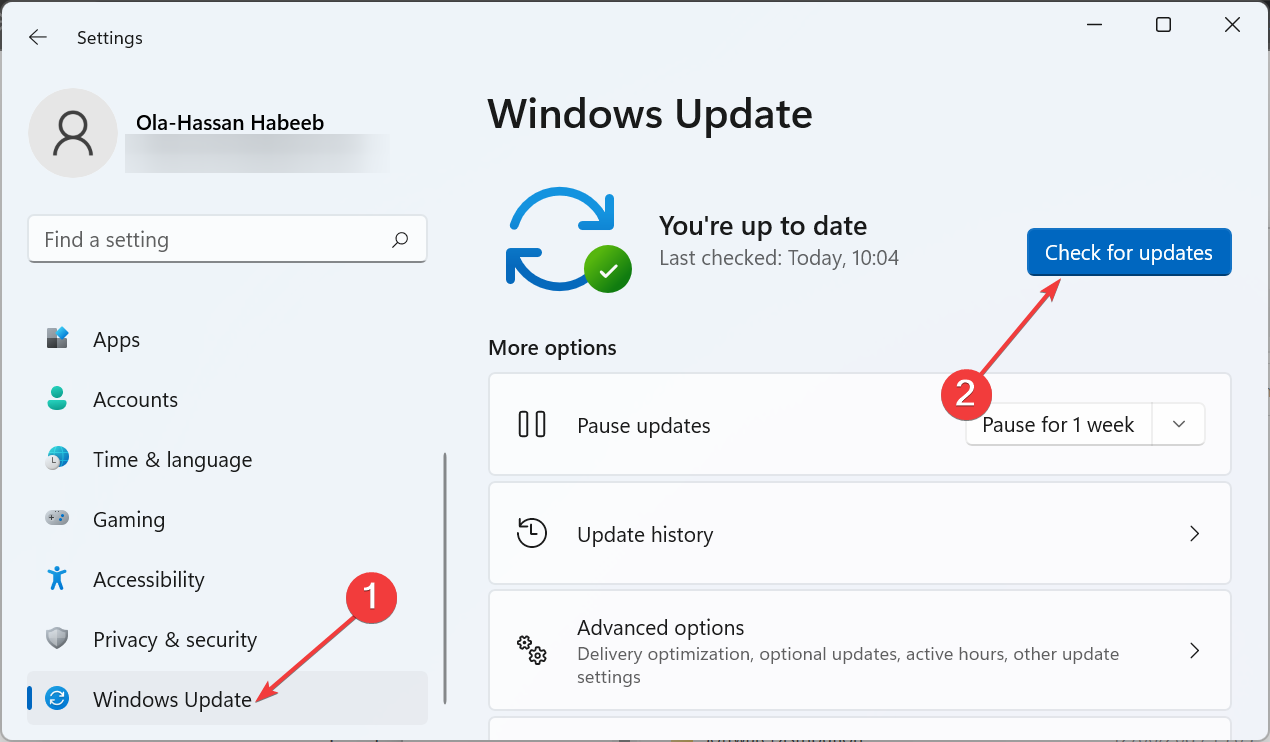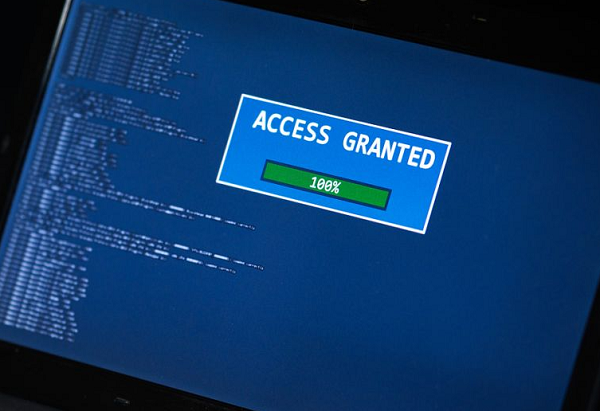When learning PHP, we are always taught that PHP is a server-side script and cannot be used to control the client. With the release of PHP5, this sentence is not so correct. Because now, PHP can also be used to write client-side scripts. Yes, you heard it right, write client scripts in PHP.
ActivePHP installation
Now we will demonstrate how to use PHP to write client scripts. First, you need to download the PHP5 installation package on Windows, and then unzip it to a directory, such as: C:Program FilesEasyPHP5php. Then, enter the command line mode of Windows, cd to the directory where you unzipped PHP5, and then type:
regsvr32 php5activescript.dll
After pressing Enter, you will see a success prompt:
This means you can already use it ActivePHP. Okay, let's write a simple script to test it. It is still a universal HelloWorld:P.
Code list?>
Save the above code as Hello.htm, then double-click it, you can see the result below.
Environmental requirements?>
PHP: 5.0.0
OS: Windows
Browser: IE
Well, the effect is good, but it is not client-side enough. Let's modify the code:
Code list?>
Run it again and see~
Do you feel something?
Our version management system
Let’s go back and talk about the version management system. The version management system we want to build is very simple. It is to package the files in the development directory and the data tables of the database into a RAR package, name it according to time and put it in a backup directory. Since the main purpose of this article is to demonstrate the use of ActivePHP, we will not consider the management of RAR packages and the content of decompressing them to overwrite the original data. However, for a version management system, this part is very important. We recommend that you Do it yourself ;).
Related knowledge ?>
Mysql database is stored in the mysql/data directory in the form of files, and one library corresponds to one directory.
First we need to know how PHP calls other programs on Windows, which is the System command. This command is as simple as Echo, just
System('command');
.
Then we need to know how to use the command line of RAR. For this kind of thing, of course you should find the help document, which is in the installation directory of RAR. After looking at the English pile for a long time, I finally found a method: write the file to be compressed into a text file, and then pass the file name as a parameter to RAR. Written as a command line:
rar.exe a path_to_save @file_list
Generating this file is very simple for PHP, just a traversal function, the following two functions are Improved from User Contribute in the PHP manual.
Code list?>
function R_walk($oldname, &$string)
{
if(is_file($oldname) )
{
$string .= $oldname ."rn";
}
else if(is_dir ( $oldname ) )
{
R_dir_walk($oldname, $string) ;
}
else
{
die("Cannot add file: $oldname (it's neither a file nor a directory)");
}
}
function R_dir_walk($oldname, &$string)
{
$dir = opendir( $oldname );
while( $file = readdir( $dir ) )
{
if ( $file == "."
$file == ".." )
{
continue;
}
R_walk("$oldname/$file", $string );
}
closedir($dir);
}
With these two functions, it is easy to generate a list file.
The following is the code for the actual operation:
Code list?>
$php_path = 'C:/Program Files/ EasyPHP1-7/home/dev/R4/';
$mysql_path = 'C:/Program Files/EasyPHP1-7/mysql/data/r4/';
$date = date( "Y_m_d_H_i_s " );
$bakeup_path = 'D:/bakeup/R4/Backup_'.$date;
// copy file
R_walk( $php_path , $files );
// stop mysql
$window->alert( 'Mysql service process is about to be shut down...' );
system( 'mysqladmin.exe -uroot shutdown' );
R_walk( $mysql_path , $ files );
$files = str_replace( '/' , '\' , $files );
write2_file( './info.txt' , $files );
$window->alert( 'Compression starts, please do not close the CMD window manually...' );
system( 'rar.exe a "' . $bakeup_path . '" @"./info.txt" ' );
$window->alert( 'Compression completed, Mysql will be restarted soon, please manually close the CMD window that pops up below...' );
// restart mysql
system( 'mysqld.exe&' );
The above code is very simple and only explains a few places
· Mysql will lock the data table when running , so we need to stop the service before compression and start it again after compression is completed.
· System command will wait for the command to be completed before continuing to execute. Mysqld.exe is a background service and will not stop, so the program will enter the waiting state here. Just close the CMD window manually. .
· The paths of programs such as rar and mysqld above are added to the environment variables, so there is no need to specify them. The place to add environment variables in Windows XP is: My Computer (right click/Properties) -> Advanced -> Environment Variables -> System Variables (Path).
Okay, add the above code, save it, and run it again: it’s very convenient, HoHo~ That’s it for the article, remember to finish your homework :P
( Source: Viphot)
 轻量化版 Win 11 – Tiny11 2311 正式推出:只占 8GB 空间Nov 27, 2023 pm 02:06 PM
轻量化版 Win 11 – Tiny11 2311 正式推出:只占 8GB 空间Nov 27, 2023 pm 02:06 PM一款基于Windows11最新版本23H2的轻量化系统「Tiny112311」正式推出,提供了更精简的系统体验。该系统去除了许多不必要的组件和高硬件要求,使得安装后的占用空间仅需约8GB。Tiny112311集主要功能于一身作为基于最新Windows11版本23H2的产物,Tiny112311包含了微软引入的所有新功能,包括Copilot功能(需通过winget下载微软Edge,因为没有预装浏览器)、原生RAR支持、重新设计的音量滑块、设定应用中的RGB控制等。与之前的Tiny11版本相比,23
 修复:任务栏溢出在 Windows 11 上不起作用Jul 18, 2023 am 09:41 AM
修复:任务栏溢出在 Windows 11 上不起作用Jul 18, 2023 am 09:41 AM当Windows11任务栏溢出功能停止工作时,用户将丢失重要的自定义选项。这是因为该功能允许您将尽可能多的应用程序添加到任务栏并轻松启动它们。虽然这个问题可能令人沮丧,但并不是最难解决的。在本综合指南中,我们准备了万无一失的方法,以使任务栏溢出功能再次正常工作。为什么任务栏溢出在Windows11上不起作用?正如用户报告的那样,有几个因素可能导致任务栏溢出在Windows11上不起作用。以下是一些值得注意的原因:过时的PC:过时的操作系统是此问题的主要原因。如果您使用高于Windows11预览体
 Stable Diffusion XL 现已推出—有什么新功能,你知道吗?Apr 07, 2023 pm 11:21 PM
Stable Diffusion XL 现已推出—有什么新功能,你知道吗?Apr 07, 2023 pm 11:21 PM3月27号,Stability AI的创始人兼首席执行官Emad Mostaque在一条推文中宣布,Stable Diffusion XL 现已可用于公开测试。以下是一些事项:“XL”不是这个新的AI模型的官方名称。一旦发布稳定性AI公司的官方公告,名称将会更改。与先前版本相比,图像质量有所提高与先前版本相比,图像生成速度大大加快。示例图像让我们看看新旧AI模型在结果上的差异。Prompt: Luxury sports car with aerodynamic curves, shot in a
 PHP8.0中的匿名函数May 14, 2023 am 08:31 AM
PHP8.0中的匿名函数May 14, 2023 am 08:31 AMPHP8.0是当前最新版本的PHP编程语言。一项重要的更新是对匿名函数的改进和增强。匿名函数(也称为闭包)是一种特殊类型的函数,可以在运行时动态创建并传递给其他函数或存储在变量中。在PHP中,匿名函数对于高级编程和Web开发至关重要。PHP8.0提供了一些新的语法和功能,可以使匿名函数更加灵活和易于使用。其中一些更新如下:函数参数的类型声明在PHP8.0中,
 win101909和22h2对比,有什么区别?Dec 22, 2023 pm 04:09 PM
win101909和22h2对比,有什么区别?Dec 22, 2023 pm 04:09 PM不少用户在使用电脑系统的时候都会比较纠结不知道该怎么选择win101909和22h2这两个版本,其实从版本迭代来看,建议是选择22H2更好,因为这个可以看成是一个版本更新。win101909和22h2哪个好答:win1022h2更好。Windows1022H2相较于先前的版本1909而言,虽然只是些许的更新改进,但这实际上算是一种微小的突破性进步。1、1909版乃是Windows10的第九款迭代版本,该产品在2019年的11月份正式浮出水面。2、此版本为功能升级,并非全新的Windows10版本
 推荐哪款鼠标连点器软件使用效果较好?Jan 02, 2024 pm 07:54 PM
推荐哪款鼠标连点器软件使用效果较好?Jan 02, 2024 pm 07:54 PM用什么鼠标连点器比较好对于连点器,我推荐使用AutoClicker。它是一款简单易用的鼠标连点软件,可以帮助你自动点击鼠标。原因是AutoClicker具有以下优点1.界面简洁直观,操作简单,适合初学者使用。2.支持自定义点击间隔时间,可以根据需要调整点击速度。3.可以设置点击次数或持续点击,满足不同的需求。4.免费软件,无需付费购买。如果你想使用连点器,可以尝试一下AutoClicker。生死狙击2罗技鼠标宏怎么设置以下是在生死狙击2中设置罗技鼠标宏的步骤:1.首先,确保你已经购买并安装了罗技
 Windows将在不久的将来停用TLS 1.0和TLS 1.1Aug 12, 2023 am 11:37 AM
Windows将在不久的将来停用TLS 1.0和TLS 1.1Aug 12, 2023 am 11:37 AMMicrosoft计划在Windows中禁用传输层安全性(TLS)协议版本1.0和1.1。该公司于1年2023月日在其技术社区网站上宣布了这一消息。这两个协议可以追溯到1999年(TLS1.0)和2006年(TLS1.1),此后被新版本TLS1.2和TLS1.3超越。Microsoft指出,在较旧的协议版本中发现了安全问题,并且“互联网标准和监管机构已弃用或不允许TLS版本1.0和1.1作为响应。多年来,TLS1.0和1.1的使用量显着下降,Microsoft认为禁用这两种协议的时候到了。Mic
 多账号矩阵玩法有哪些?多平台多账号矩阵如何打造?Mar 21, 2024 pm 03:41 PM
多账号矩阵玩法有哪些?多平台多账号矩阵如何打造?Mar 21, 2024 pm 03:41 PM在当今信息爆炸的时代,多账号矩阵玩法已经成为一种常见的营销策略。通过在不同平台上建立多个账号,形成一个相互关联、相互支持的矩阵,从而实现品牌或个人影响力的最大化。那么,多账号矩阵玩法具体包括哪些呢?如何打造多平台多账号矩阵呢?本文将详细探讨这些问题。一、多账号矩阵玩法有哪些?1.内容共享:在不同平台上发布相同或类似的内容,提高内容的曝光率。2.内容差异:针对不同平台的特点,发布适合该平台的内容,以满足不同用户的需求。3.互动互动:在各个账号之间进行互动,如点赞、评论、转发等,增加账号的活跃度。4


Hot AI Tools

Undresser.AI Undress
AI-powered app for creating realistic nude photos

AI Clothes Remover
Online AI tool for removing clothes from photos.

Undress AI Tool
Undress images for free

Clothoff.io
AI clothes remover

AI Hentai Generator
Generate AI Hentai for free.

Hot Article

Hot Tools

Dreamweaver Mac version
Visual web development tools

MinGW - Minimalist GNU for Windows
This project is in the process of being migrated to osdn.net/projects/mingw, you can continue to follow us there. MinGW: A native Windows port of the GNU Compiler Collection (GCC), freely distributable import libraries and header files for building native Windows applications; includes extensions to the MSVC runtime to support C99 functionality. All MinGW software can run on 64-bit Windows platforms.

MantisBT
Mantis is an easy-to-deploy web-based defect tracking tool designed to aid in product defect tracking. It requires PHP, MySQL and a web server. Check out our demo and hosting services.

Atom editor mac version download
The most popular open source editor

Notepad++7.3.1
Easy-to-use and free code editor






